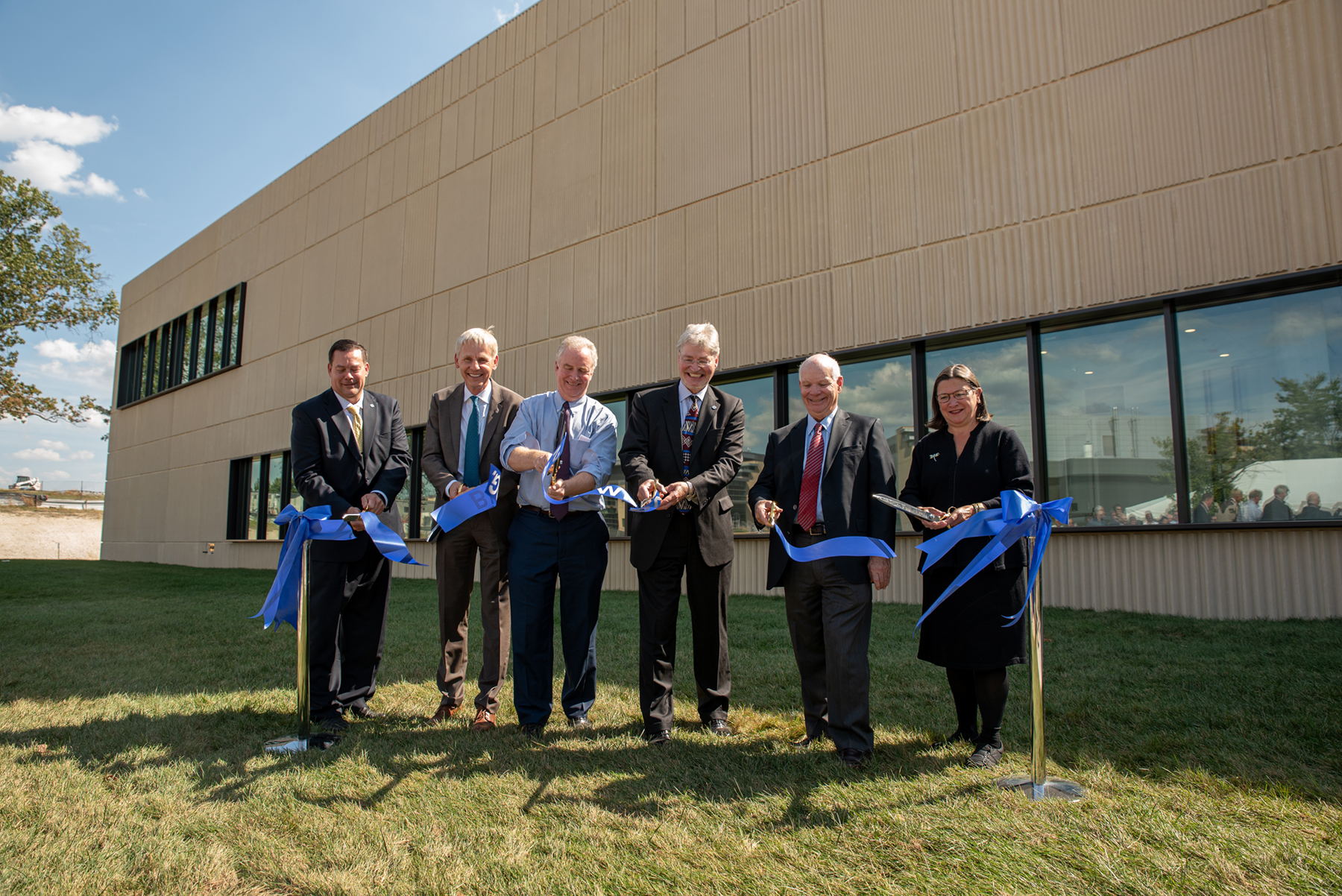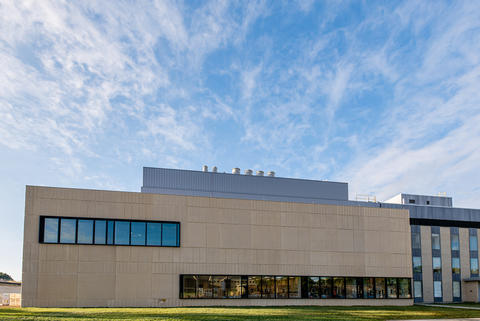
GAITHERSBURG, Md. — The U.S. Department of Commerce’s National Institute of Standards and Technology (NIST) held a ribbon-cutting ceremony yesterday to unveil a new laboratory building that substantially enhances NIST’s capabilities for radiation measurements critical to the health care, food processing, national security and other industries.
“Every type of health care in the U.S. that depends on radiation relies on the measurements done at the NIST Radiation Physics Building,” said Deputy Secretary of Commerce Karen Dunn Kelley. “Which is why it is so important that this addition is now complete and ready for use.”
“With completion of the H Wing, we are witnessing the beginning of a new era at NIST for radiation measurements,” said Under Secretary of Commerce for Standards and Technology and NIST Director Walter G. Copan. “This is the kind of facility that America deserves. I know it will serve us well for the next 60 years and beyond.”
An extension to NIST’s current Radiation Physics Building, the new H Wing will add 38 laboratory modules and approximately 7,900 square meters (85,000 square feet) of state-of-the-art space to the building. The new facility will allow:
- improved accuracy of calibrations needed for X-ray, gamma ray and other radiation detectors;
- the creation of standards to verify doses absorbed by tissues from radionuclide medical treatments;
- enhanced national security through better detection of nuclear and radiological materials; and
- an expanded range of radioactive gas standards needed for environmental, medical, national security and other applications, among other benefits.

NIST’s measurements enable 17 million nuclear medicine procedures, 40 million mammograms and 80 million CT scans in the U.S. each year. They also help to ensure the safety of milk and vegetables by supporting the irradiation (for pasteurization and canning) of 120,000 tons of foodstuffs each year.
Built at a cost of $82.4 million, the H Wing is part of a multiphase modernization effort expected to cost a total of $327 million. All told, the effort will add nearly 10,000 square meters (107,000 square feet) of space to the original building and bring the older sections up to modern codes and performance standards. The new addition will dramatically improve control of temperature, humidity and air filtration to levels needed for precision measurements.
Learn more about the Radiation Physics Building, the people who have worked in it and the history of groundbreaking research.
NIST promotes U.S. innovation and industrial competitiveness by advancing measurement science, standards and technology in ways that enhance economic security and improve our quality of life. NIST is a nonregulatory agency of the U.S. Department of Commerce. To learn more about NIST, visit www.nist.gov.

